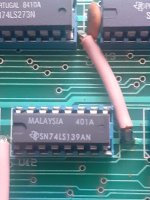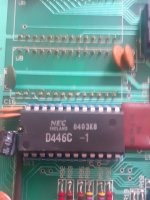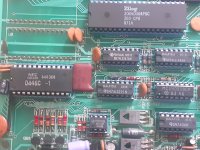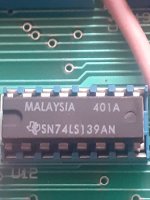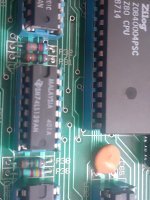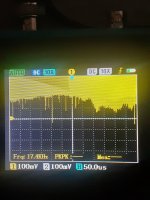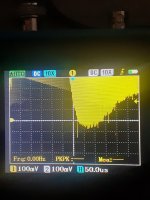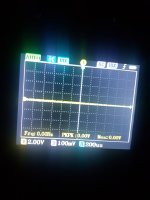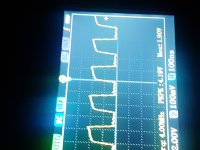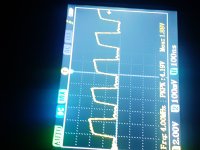daver2
10k Member
???
Can you post a photograph of the chip that you tested - including some surrounding components?
Can you also post the manufacturer and part number of your oscilloscope?
Dave
Can you post a photograph of the chip that you tested - including some surrounding components?
Can you also post the manufacturer and part number of your oscilloscope?
Dave

